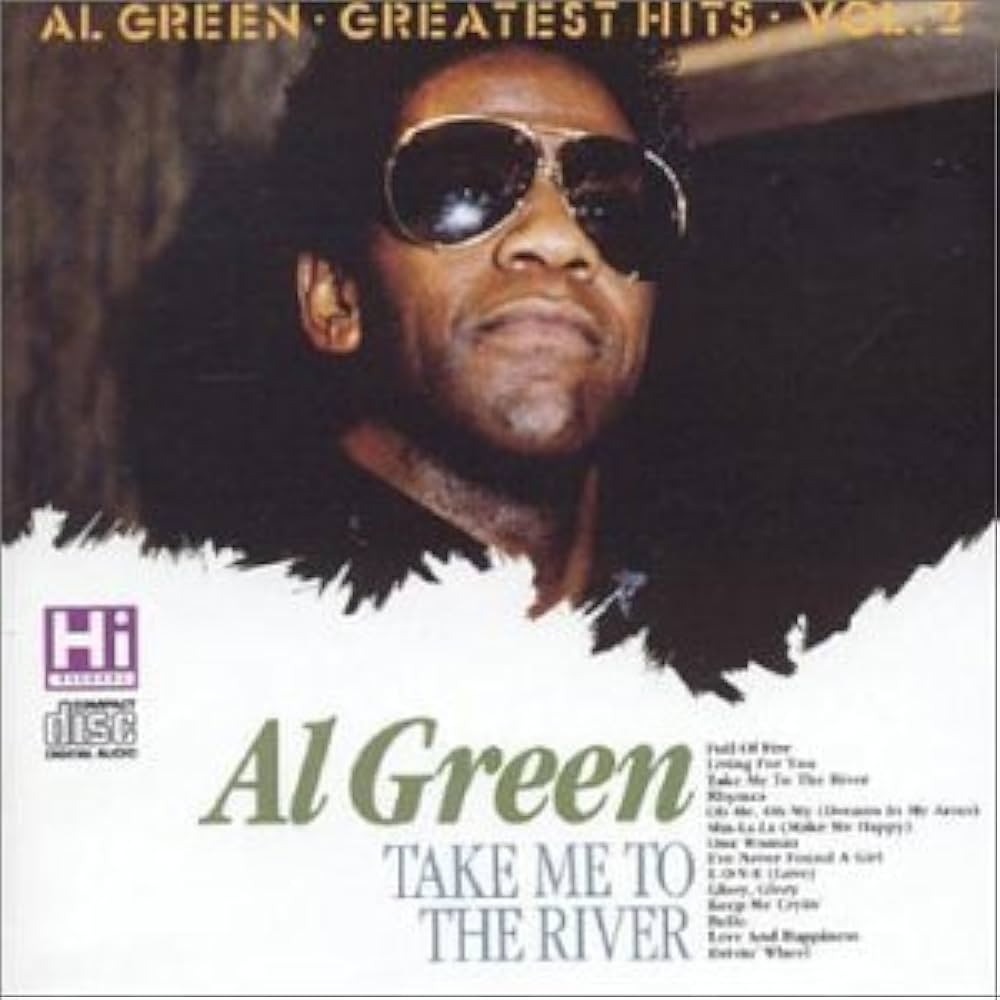 Kansas’ “Dust in the Wind” is one of those rare songs that transcends the era in which it was created, delivering a simple yet profound meditation on mortality, time, and the fleeting nature of life. Released in 1977 on the band’s album Point of Know Return, the song represents a departure from Kansas’ signature progressive rock sound, favoring minimalism, acoustic instrumentation, and lyrical introspection. Its enduring popularity and emotional resonance have made it a defining work for both the band and the genre, a timeless ballad that continues to move listeners across generations.
Kansas’ “Dust in the Wind” is one of those rare songs that transcends the era in which it was created, delivering a simple yet profound meditation on mortality, time, and the fleeting nature of life. Released in 1977 on the band’s album Point of Know Return, the song represents a departure from Kansas’ signature progressive rock sound, favoring minimalism, acoustic instrumentation, and lyrical introspection. Its enduring popularity and emotional resonance have made it a defining work for both the band and the genre, a timeless ballad that continues to move listeners across generations.
The power of “Dust in the Wind” lies in its elegant simplicity. While Kansas had been known for complex arrangements, extended solos, and elaborate compositions, this track strips everything down to its essentials: acoustic guitar, violin, and the contemplative vocals of Steve Walsh. In doing so, the band created a piece that is both intimate and universal, a meditation that encourages reflection while remaining musically compelling.
Kansas and the 1970s Progressive Rock Landscape
By the mid-1970s, Kansas had established themselves as one of the leading progressive rock bands in the United States. Their music blended elements of hard rock, classical motifs, and folk influences, with albums like Leftoverture and Point of Know Return showcasing their technical prowess and compositional ambition. Songs like “Carry On Wayward Son” exemplified this era of elaborate guitar work, intricate rhythms, and soaring vocals.
Amid these grandiose productions, “Dust in the Wind” emerged as a startlingly gentle, acoustic-driven interlude. Guitarist Kerry Livgren, who wrote the song, was inspired by classical fingerpicking techniques and a philosophical reflection on life’s transience. This introspective approach distinguished the track from Kansas’ more bombastic compositions, allowing the band to explore a quieter, more emotionally resonant dimension of their artistry.
The Inspiration Behind the Song
The story of “Dust in the Wind” begins with Livgren experimenting with a fingerpicking pattern on his acoustic guitar, inspired by the folk stylings of classical guitarists. He sought to capture a sense of melancholy and introspection, a musical space where the listener could contemplate the passage of time and life’s impermanence.
The lyrics, simple yet profound, reflect this philosophical theme:
“I close my eyes, only for a moment, and the moment’s gone
All my dreams pass before my eyes, a curiosity
Dust in the wind
All we are is dust in the wind”
The imagery evokes the ephemerality of existence, the inevitability of change, and the humility required in facing life’s impermanence. The phrase “dust in the wind” resonates as both poetic and universal, inviting listeners to reflect on their own lives and the fleeting nature of human endeavors.
Musical Structure and Instrumentation
The brilliance of “Dust in the Wind” lies in its musical restraint. The song’s primary instrument is Livgren’s acoustic guitar, played in a precise fingerpicking pattern that establishes a delicate, flowing rhythm. This pattern, deceptively simple, creates a sense of continuity and motion, mirroring the passage of time referenced in the lyrics.
Complementing the guitar is Robby Steinhardt’s violin, which adds warmth and emotional depth. The violin’s melodic lines weave in and out of the guitar accompaniment, providing both contrast and harmony. The combination of acoustic guitar and violin lends the song a folk-like quality while maintaining the sophistication associated with Kansas’ progressive rock roots.
Steve Walsh’s vocals are equally essential. His performance is understated yet deeply expressive, conveying a sense of introspection and vulnerability. Unlike the soaring, powerful delivery heard in tracks like “Carry On Wayward Son,” Walsh’s singing here is intimate, almost confessional, drawing listeners into the song’s contemplative world.
The song’s structure further emphasizes its reflective nature. Rather than relying on dramatic crescendos or complex instrumental passages, “Dust in the Wind” unfolds steadily, allowing the melody, rhythm, and lyrics to resonate fully. This simplicity enhances the song’s emotional impact, making each repetition of the refrain feel profound and meditative.
Lyrics: Reflections on Mortality and Time
The thematic core of “Dust in the Wind” is its meditation on human mortality. The lyrics emphasize the transient nature of life, suggesting that regardless of accomplishments, possessions, or ambitions, all human endeavors are ultimately fleeting.
Lines like “Same old song, just a drop of water in an endless sea” and “Everything is dust in the wind” underscore this existential perspective, highlighting the smallness of individual existence against the vast backdrop of time and the universe. The song’s philosophical underpinnings resonate with listeners of all ages, providing a quiet reminder of life’s impermanence while encouraging mindfulness and reflection.
Unlike many contemporary pop or rock songs that focus on immediate emotions or narratives, “Dust in the Wind” elevates the listener’s consciousness, offering a meditative experience that is both intellectually and emotionally engaging. Its universality ensures its continued relevance, as the themes of mortality, loss, and the passage of time are timeless and shared by all.
Reception and Commercial Success
Upon its release, “Dust in the Wind” achieved significant commercial success, reaching the top ten on the Billboard Hot 100 and becoming one of Kansas’ most recognizable songs. Its understated beauty contrasted with the band’s more elaborate compositions, appealing to a wider audience and securing a lasting place in the public consciousness.
Critics praised the song for its emotional depth and musical sophistication. Its combination of simplicity and philosophical weight allowed it to stand out in a decade dominated by both progressive rock epics and emerging punk and disco trends. Over the years, the track has appeared in countless films, television shows, and commercials, further cementing its status as a cultural touchstone.
Live Performances and Legacy
“Dust in the Wind” has become a staple of Kansas’ live performances, often eliciting quiet, reflective moments from audiences. The song’s acoustic arrangement allows for intimate renditions, highlighting the band’s musicianship and the emotional resonance of the piece. Whether performed in small venues or large arenas, it retains its ability to captivate listeners and evoke contemplation.
Its influence extends beyond Kansas’ discography. Many artists, across genres, have covered or reinterpreted the song, drawn to its melodic simplicity, lyrical depth, and emotional universality. From acoustic folk artists to symphonic rock ensembles, “Dust in the Wind” has inspired countless interpretations, demonstrating the song’s adaptability and enduring appeal.
Why the Song Endures
The timelessness of “Dust in the Wind” can be attributed to its universal themes, understated musicality, and emotional resonance. Unlike songs tied to specific cultural trends or ephemeral events, its meditation on life’s impermanence transcends context, appealing to listeners of all ages and backgrounds.
Its musical simplicity, featuring fingerpicked guitar, violin, and intimate vocals, allows the lyrics and emotional tone to shine. Each repetition of the refrain reinforces the message, creating a meditative, almost ritualistic listening experience. In a world often dominated by excess, spectacle, and speed, “Dust in the Wind” offers a moment of stillness—a space to reflect on the human condition and the passage of time.
Cultural Significance
“Dust in the Wind” is not only a defining song for Kansas but also a milestone in popular music. Its success helped bring introspective, philosophical themes into mainstream rock, demonstrating that audiences were receptive to songs that encouraged reflection and emotional depth.
The song has become emblematic of life’s transience, often used in memorial contexts, films exploring human experience, and other artistic works where reflection on mortality is central. Its influence extends to generations of musicians and listeners, many of whom cite it as a source of inspiration for both songwriting and personal reflection.
Conclusion: The Eternal Flow of Music and Life
Kansas’ “Dust in the Wind” remains a powerful reminder of music’s ability to capture universal truths. Its combination of acoustic elegance, lyrical profundity, and emotional authenticity has allowed it to endure for decades, resonating with listeners across generations.
The song’s strength lies in its restraint. By stripping away complexity and focusing on essential elements—guitar, violin, voice, and lyrics—Kansas created a piece that feels both intimate and expansive. It offers a meditative reflection on life, mortality, and the passage of time, inviting listeners to consider their place in the vast continuum of existence.
In an era of musical excess and fleeting trends, “Dust in the Wind” endures because it speaks to the human experience in a way that is timeless and universally meaningful. Its haunting melody and philosophical depth ensure that each listening is a moment of contemplation, a reminder that life, though transient, is rich with beauty and meaning.
“Dust in the Wind” is more than a song—it is a meditation, a cultural touchstone, and a musical expression of life’s fleeting wonder, continuing to inspire and move audiences more than four decades after its creation.


